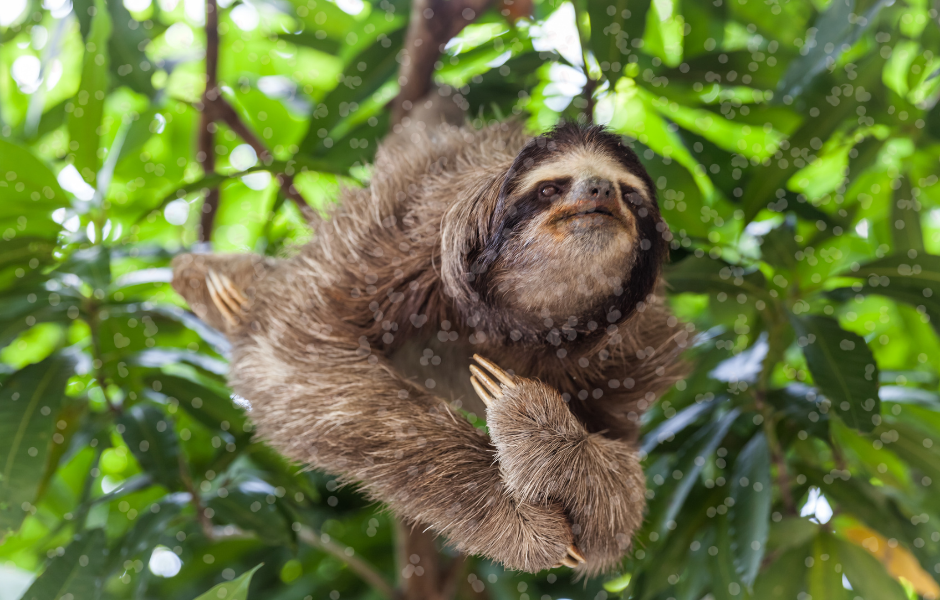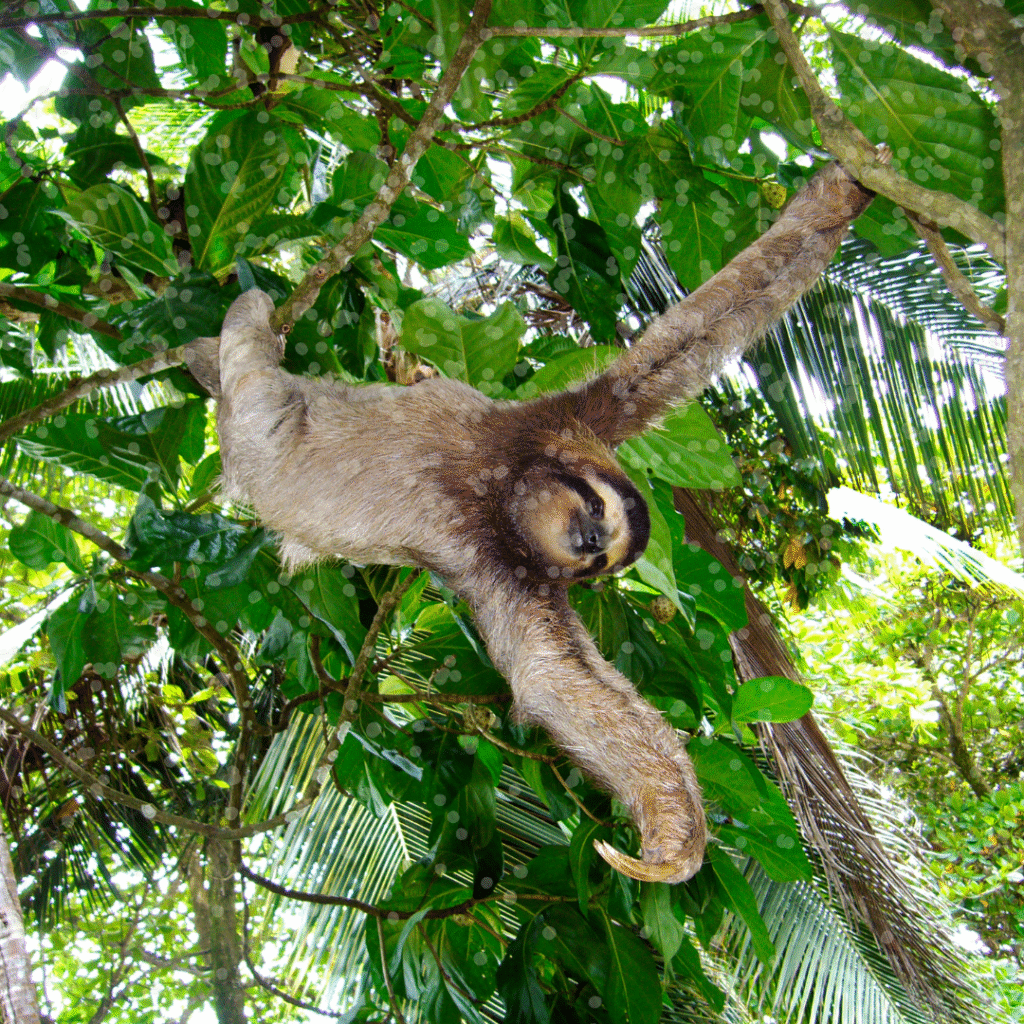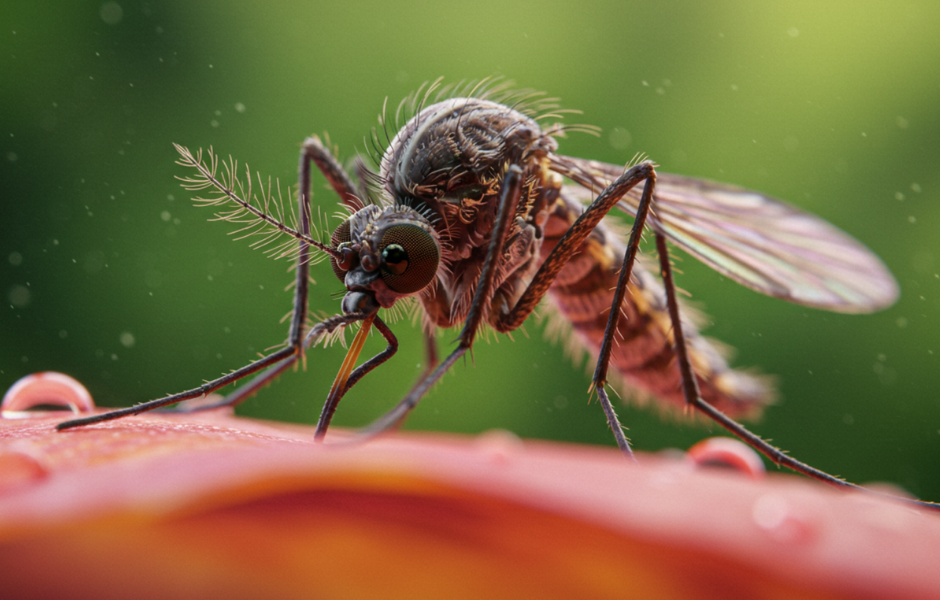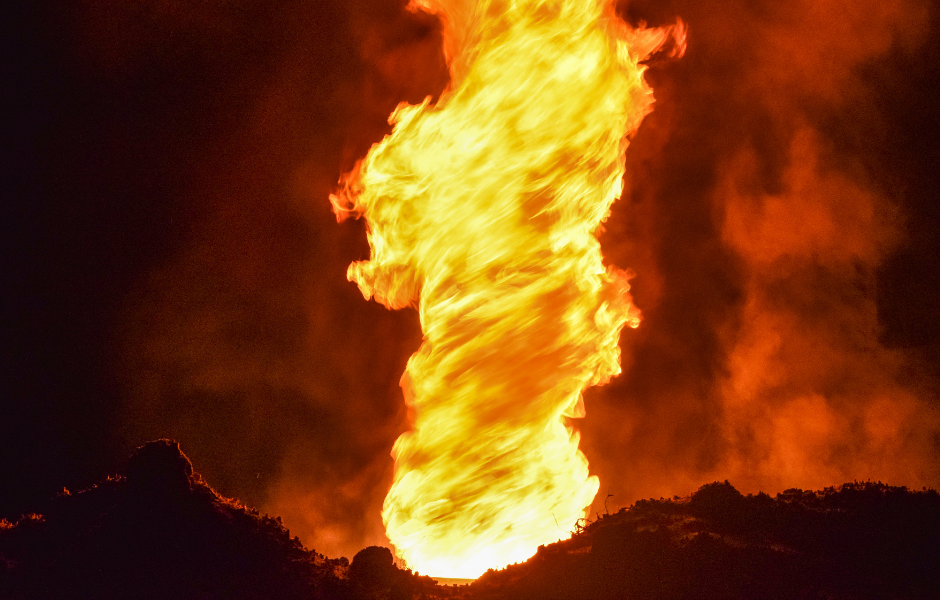
This children’s article, A kid’s guide to sloths: slow, strong and full of surprises, is for native English speakers and learners of English as a second or foreign language. It can help children practise reading and comprehension, learn animal-related vocabulary, and explore fun facts about one of nature’s slowest creatures. Written by Sinead O’Carroll, an experienced teacher and writer, it’s perfect for curious kids who love animals and the natural world. Great for English reading practice and ESL lessons.
What is a sloth?
Sloths are gentle tree-dwelling mammals that live in the rainforests of Central and South America. Their scientific name, Bradypus, means “slow feet” in Greek, and they are famously slow! In fact, sloths are the slowest mammals on the planet.
They move slowly to save energy and hide from predators like jaguars and eagles.
There are two main types of sloths: two-toed and three-toed. But here’s a fun fact – the difference is in their front limbs, so they should really be called two-fingered and three-fingered sloths!
Superpowers of the slow
Sloths may be slow, but they are full of amazing abilities. They spend up to 90% of their lives hanging upside down from tree branches. Their strong arms let them lift their whole body from birth, and adult sloths are three times stronger than humans!
They also have super swimming skills. A sloth can swim three times faster in water than it can move on land, and although they fall from trees quite often – sometimes from as high as 30 metres – they almost never get hurt!
A rainforest home on their back
Sloths have thick fur that acts like a tiny jungle. Algae grow on their fur, making the sloth look green and helping it blend into the trees. This is a clever kind of camouflage.
The algae also give the sloth some nutrients through its skin. Even more amazing, each sloth can carry up to 950 moths and beetles in its fur. This friendly relationship between animals is called symbiosis.
Ancient giants
Today’s sloths are about the size of a medium dog. But long ago, sloths called Megatherium were as big as elephants!
These ancient ground sloths lived during the Ice Age and could grow over 6 metres tall. Some types were even aquatic and lived partly in water. All modern sloths are thought to have evolved from these giant creatures.
Weird and wonderful facts about sloths
Sloths have incredible digestion. Their food takes so long to digest that it can make up two-thirds of their body weight! They also only poop once a week – and when they do, they dig a hole and do a little “poop dance” to cover it.
They can hold their breath for up to 40 minutes by slowing their heart rate, and they can turn their heads 270 degrees to look around.
Sloths don’t see well – they are colour-blind, can’t see in bright light, and only see a little in the dark. But they have an excellent sense of smell and great memory to help them move around.

Article vocabulary list
- Algae – simple plants that grow in wet places, including on sloths’ fur
- Camouflage – colours or patterns that help something hide in its surroundings
- Metabolism – how the body uses energy from food
- Symbiosis – a close relationship where two living things help each other
- Evolved – slowly changed over time into something different
- Aquatic – living in or around water
- Digest – to break down food in the stomach and body
- Colour-blind – unable to see certain colours normally
- Memory – the ability to remember things
- Vertebrae – the bones in the spine or back
Comprehension questions
Just click the plus (+) to see the answer
1. What does the word Bradypus mean?
a) Jungle animal
b) Tree sleeper
c) Slow feet
Answer: c) Slow feet
2. How much of its life does a sloth spend hanging upside down?
Answer: About 90%
3. What grows on a sloth’s fur and helps it hide in the trees?
Answer: Algae
3. How often does a sloth usually poop?
a) Once a day
b) Once a week
c) Once a month
Answer: b) Once a week
5. What’s special about a sloth’s strength?
Answer: Sloths are three times stronger than the average human
6. How do sloths make up for having poor eyesight?
Answer: They have a good sense of smell and excellent memory
7. What is symbiosis?
Answer: When two living things help each other by living closely together
8. How big were the ancient sloths called Megatherium?
a) The size of a rabbit
b) The size of a cat
c) The size of an elephant.
Answer: c) The size of an elephant
Sinead is a writer and EFL teacher with eight years’ experience. She’s a native English speaker who loves making news stories fun and easy to understand for children around the world. Her passions include travel, animals, and helping to make the world a kinder, more sustainable place.




